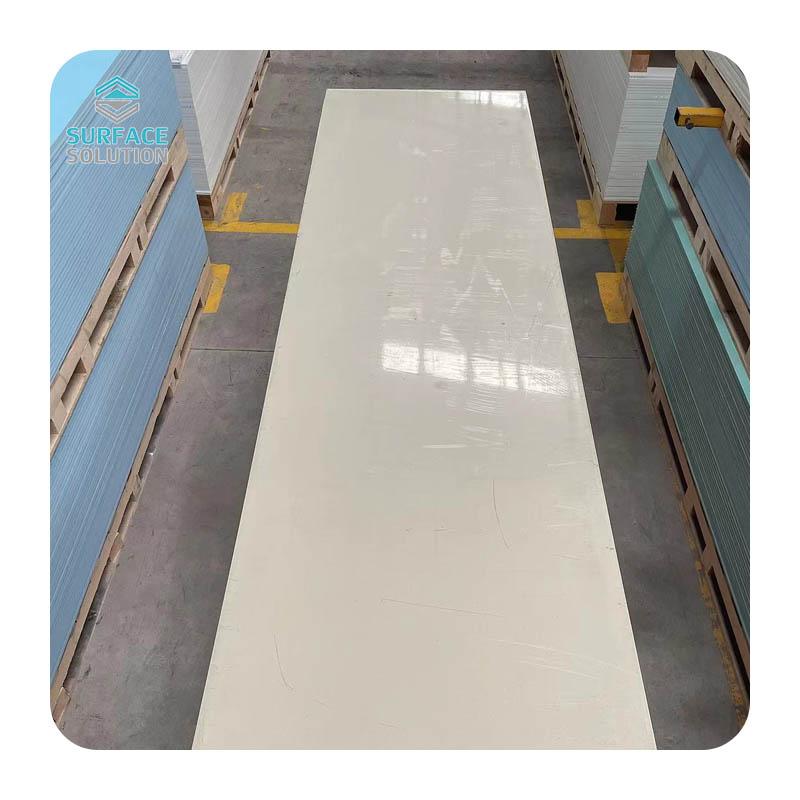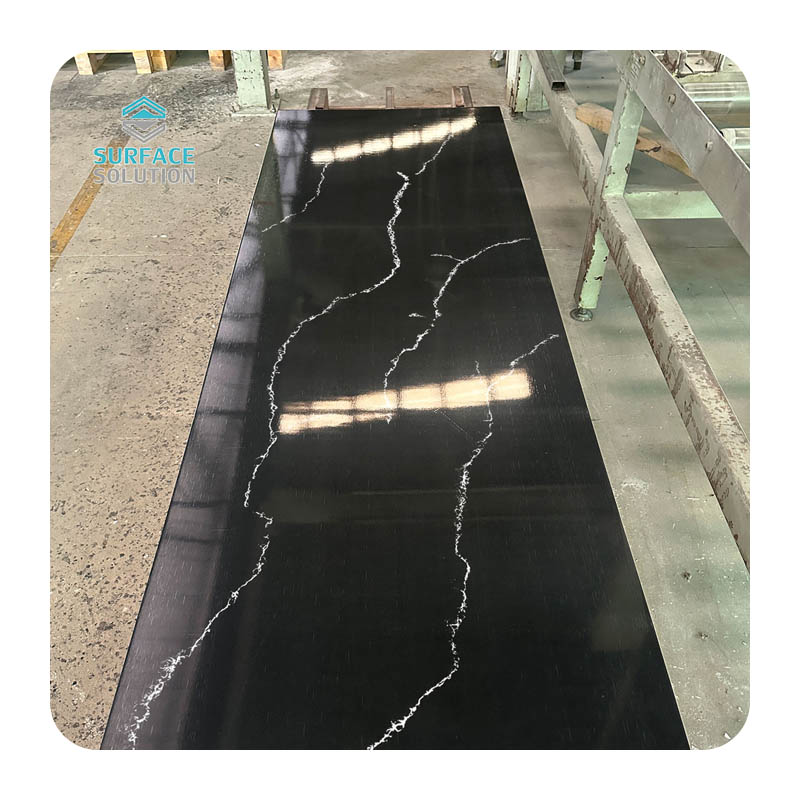
Top Mistakes to Avoid When Installing Acrylic Solid Surface Materials

Consequence: Ill-fitting pieces that require rework, wasted material, or long-term structural issues.
Fix: Measure at least twice, using a high-quality tape measure or laser tool. Note the room’s temperature (ideal range: 18–24°C/65–75°F) and humidity (40–60%) during measurement and installation. For large surfaces (e.g., kitchen countertops), add a 1–2mm expansion gap along walls or fixed structures.

Consequence: Ugly seams, weak joints, and increased risk of damage from daily use.
Fix: Use a circular saw or jigsaw fitted with a fine-tooth blade (80–100 teeth) designed for acrylic or solid surfaces. Keep the blade sharp, and cut at a slow, steady speed (2,000–3,000 RPM) to minimize friction and chipping. For curved cuts, use a router with an acrylic-compatible bit.
Consequence: Adhesive failure (peeling or lifting), visible bumps, and premature wear.
Fix: Clean the substrate with a mild detergent and water, then dry it completely. Sand rough areas to create a smooth, slightly textured surface (this improves adhesive grip). For countertops, ensure the cabinet base is level and sturdy—add additional supports if the cabinetry can’t bear the acrylic’s weight (typically 15–20kg/m²).
Consequence: Weak joints, visible seams, or discoloration of the acrylic.
Fix: Use a high-quality, acrylic-specific adhesive (look for products labeled “solid surface adhesive” or “acrylic bonding agent”). Apply a thin, even layer (1–2mm thick) with a notched trowel, ensuring full coverage. Avoid over-applying—excess adhesive can squeeze out and stain the surface if not cleaned immediately with a damp cloth.

Consequence: Shifting pieces, cracked joints, or uneven seams that ruin the “seamless” look.
Fix: Follow the adhesive manufacturer’s curing guidelines—most require 24–48 hours at room temperature. Avoid touching or applying pressure to the installation during this time. For seams, wait until the adhesive is fully cured before sanding (use 240-grit sandpaper, then progress to 400-grit for a smooth finish).
Consequence: Visible lines that collect dirt and moisture, reducing hygiene and visual appeal.
Fix: Align pieces precisely using clamps (use soft padding to avoid scratching the acrylic). For butt joints, apply adhesive to both edges and press firmly until excess glue oozes out (wipe immediately). After curing, sand seams in a circular motion, blending the joint into the surrounding surface. For best results, use a buffer with a polishing compound to match the acrylic’s original sheen.

Consequence: Permanent scratches, chips, or stains before the surface is even used.
Fix: Cover the acrylic with a protective film (available at hardware stores) or thick craft paper during post-installation work. Avoid dragging heavy objects across the surface—lift them instead. Once installed, clean the surface with a non-abrasive cleaner (avoid ammonia or bleach) to maintain its shine.
Related Blogs
-
 What Is Solid Surface Material? A Complete GuideIn the world of interior design and home renovation, "solid surface material" is a term frequently heard—but what exactly is it? Unlike natural materials mined from the earth or rigid synthetic alternatives, solid surface is a engineered man-made mater
What Is Solid Surface Material? A Complete GuideIn the world of interior design and home renovation, "solid surface material" is a term frequently heard—but what exactly is it? Unlike natural materials mined from the earth or rigid synthetic alternatives, solid surface is a engineered man-made mater -
 What Are Solid Surface Countertops Made Of? A Comprehensive BreakdownSolid surface countertops have become a popular choice in modern kitchens and bathrooms, celebrated for their seamless appearance, durability, and versatility. Unlike natural stone (such as granite or marble) or ceramic tiles, soli
What Are Solid Surface Countertops Made Of? A Comprehensive BreakdownSolid surface countertops have become a popular choice in modern kitchens and bathrooms, celebrated for their seamless appearance, durability, and versatility. Unlike natural stone (such as granite or marble) or ceramic tiles, soli



















